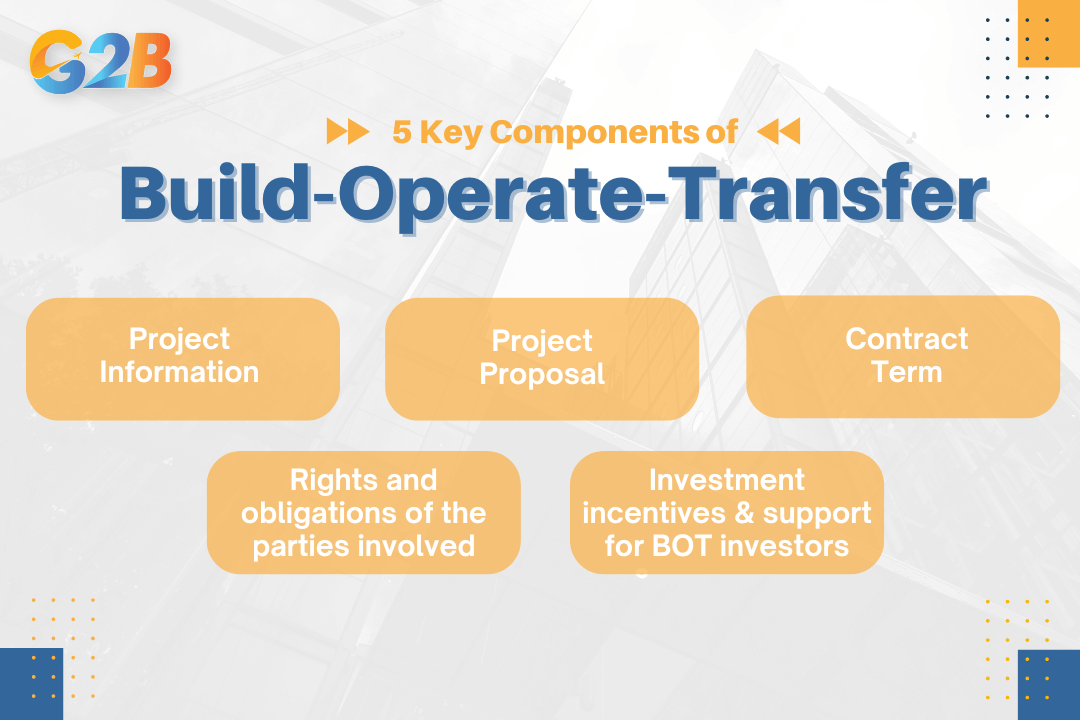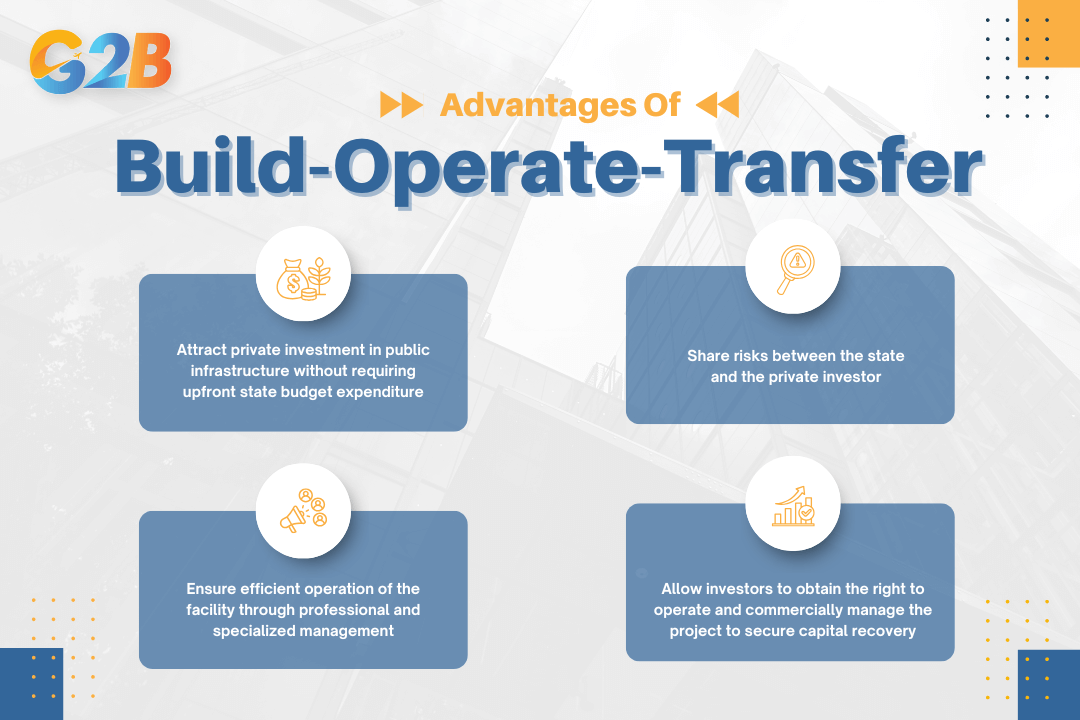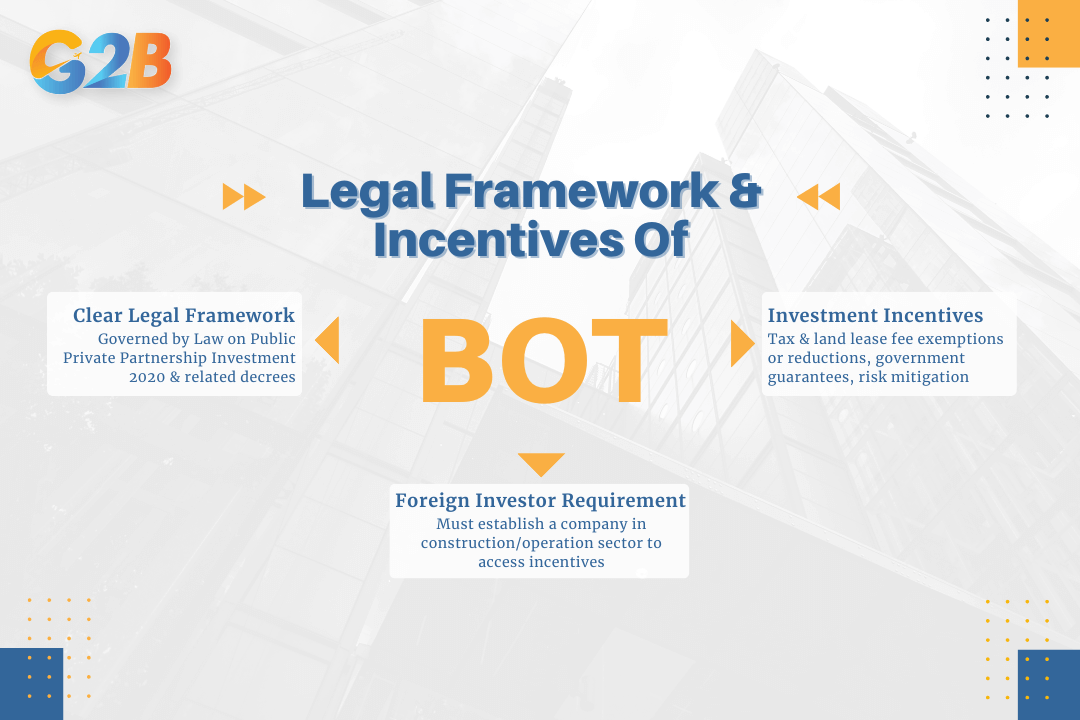How are massive infrastructure projects such as highways, power plants, and bridges financed and built without placing an immediate strain on government budgets? The answer often lies in an innovative project financing model known as the Build-Operate-Transfer (BOT) contract. This powerful public-private partnership (PPP) mechanism empowers governments to leverage the financial strength and operational expertise of the private sector to bring large-scale projects to life.
What is a Build-Operate-Transfer (BOT) Contract?
A Build-Operate-Transfer (BOT) contract is a type of investment agreement used for large-scale projects, typically in infrastructure, where a competent state agency grants a concession to a private investor or PPP project enterprise. Under this model, the private entity receives a concession to finance, design, construct, and commercially manage (operate) a facility for a specified period.
The primary goal for the private company during the operational phase is to recover its investment and generate a profit. Once the concession period, which often lasts two to three decades (may vary depending on the project), concludes, ownership and operation of the project are transferred back to the State of Vietnam without any further payment from the government. Here's a breakdown of the key elements inherent in a BOT contract:
- Build: The private investor is responsible for constructing the infrastructure project. This includes securing financing, design, and the physical building of the facility according to the specifications laid out in the contract.
- Operate: Upon completion of the construction, the private company operates and commercially manages the facility for a predetermined period of time. During this phase, they typically collect revenue through tolls, fees, or other charges to recoup their initial investment and earn a profit.
- Transfer: At the end of the agreed-upon operational term, the private entity transfers the ownership and operation of the facility back to the government or a competent state agency.
BOT is a significant and widely used model within the broader category of Public-Private Partnerships (PPPs), enabling governments to develop crucial infrastructure without immediate, large-scale public expenditure.
What do BOT contracts include?
A well-structured Build-Operate-Transfer (BOT) contract is essential for a successful project, clearly defining the roles, responsibilities, and expectations of all parties. The following are key components typically included in a comprehensive BOT agreement:

There are 5 key components typically included in a comprehensive BOT agreement
- Project information: This foundational element details the project's name, its overarching objectives, the location and boundaries of the project land, the technical specifications and standards to be met, and an estimate of the total investment required.
- Project proposal: This section provides a thorough analysis of the project's necessity, the proposed capacity of the facility, the technology to be employed, and the conditions for supplying necessary materials. It also addresses the potential environmental impact and outlines a plan for site clearance, land acquisition, and relevant permits.
- Contract term: The contract explicitly specifies the timeline for each of the three main phases: construction, operation, and transfer. It may also include provisions for extending or terminating the contract early under mutually agreed-upon conditions.
- Rights and obligations of the parties involved: This critical section delineates the specific rights and responsibilities of both the competent state agency and the private investor. It covers aspects such as performance monitoring, quality control, reporting requirements, compliance with legal regulations, and dispute resolution procedures.
- Investment incentives and support for BOT investors: To attract private investment, BOT contracts often include a range of incentives. These can include tax exemptions or reductions, land lease fee exemptions or reductions, government guarantees or risk mitigation mechanisms pursuant to law, and other forms of legal and financial support consistent with current regulations.
BOT contract implementation process
The implementation of a Build-Operate-Transfer (BOT) project follows a structured process, ensuring clarity and accountability from inception to completion. Each step is crucial for the successful delivery of the infrastructure and the fulfilment of the contract's objectives.
- Prepare the project proposal and conduct feasibility analysis: This initial step involves detailed studies to assess the technical, economic, and environmental viability of the project, as well as preparation of the investment policy and obtaining approval from the competent state agency.
- Select the investor through bidding or direct negotiation according to law and sign the BOT contract between the competent state agency and the investor: Once the project is deemed feasible and the investor is selected following the public-private partnership (PPP) investment procedures in Vietnam, a comprehensive contract is negotiated and signed, outlining all terms and conditions.
- Finance and construct the facility: The private entity undertakes the financing and construction of the project following the agreed-upon plans and quality standards.
- Operate and manage the facility to recover capital and earn profit: After construction, the private company operates and commercially manages the facility, collecting revenue to recoup its investment and earn a profit.
- Transfer the facility to the state upon contract expiration without additional compensation: At the end of the concession period, ownership and operational rights of the project are transferred back to the competent state agency or the State of Vietnam without further payment to the investor.
Roles and Benefits of a BOT contract
The Build-Operate-Transfer (BOT) model offers a multitude of advantages for both the public and private sectors, making it a popular choice for infrastructure development worldwide. These benefits address financial constraints, risk allocation, and operational efficiency.
- Attract private investment in public infrastructure without requiring upfront state budget expenditure: One of the most significant advantages of a BOT contract is its ability to draw in private sector capital for large-scale projects. This allows governments to develop essential infrastructure like roads, power plants, and water treatment facilities without immediate budget allocation from the State.
- Share risks between the state and the private investor: The BOT model facilitates a structured allocation of risks. The private sector typically assumes financial, construction, and operational risks, which they are often better equipped to manage. This transfer of risk frees the public sector from potential cost overruns and operational challenges.
- Ensure efficient operation of the facility through professional and specialized management: Private companies involved in BOT projects often bring specialized expertise and innovative technologies, leading to more efficient construction and operation. This can result in higher quality infrastructure and better service delivery for the public.
- Allow investors to obtain the right to operate and commercially manage the project to secure capital recovery and reasonable profit during the concession period: The contract grants the private investor the right to operate the project and generate revenue for a set period. This provides a clear path for them to recover their substantial investment and earn a return, making the project financially attractive and viable.

The BOT model offers a multitude of advantages for both the public and private sectors
What are the risks of a BOT contract?
Despite its many advantages, the Build-Operate-Transfer (BOT) model is not without its challenges and risks. Both the public and private partners must be aware of these potential pitfalls to mitigate them effectively.
- Financial risk and capital loss: A primary concern for the private investor is the risk that the project may not generate enough revenue to cover the initial investment and operating costs, leading to financial losses. For the public sector, inaccurate cost estimations or excessively high project costs can become a significant burden, potentially rendering the project uneconomical or unfeasible under Vietnamese law.
- High and complex initial setup costs: BOT projects demand substantial upfront investment for activities such as feasibility studies, technical and environmental assessments, and legal structuring of the contract. These initial costs of administrative procedures can be considerable and the process lengthy, increasing the financial pressure and risk at the project's outset.
- Complex contracts with numerous binding clauses including clear risk-sharing and dispute resolution provisions: BOT agreements are notoriously intricate legal documents. They often contain extensive provisions detailing risk-sharing, performance standards, dispute resolution mechanisms, and asset transfer protocols. This complexity can lead to high administrative costs and potential for disputes if contractual terms are not clearly defined or negotiated carefully following Vietnamese PPP regulations.
- Risk of delays or cost overruns during construction and land acquisition phases: The construction phase of a BOT project can be susceptible to delays and cost overruns due to a variety of factors, both objective and subjective. These issues can negatively impact the project's operational timeline and the investor's ability to recover their capital as planned.
- Risks related to exchange rate fluctuations, inflation, tax, and regulatory changes: Given the long-term nature of BOT projects, they are exposed to macroeconomic risks. Fluctuations in exchange rates, changes in tax laws, and shifts in government economic policies can all affect the project's profitability and introduce unexpected costs. Vietnamese law provides some mechanisms, such as government assurances or risk-sharing provisions, but these risks remain notable.
- Risks in the asset transfer process, including condition and valuation disputes: The handover of the infrastructure at the end of the concession period can be a point of contention if the process is not clearly defined in the contract. Ambiguities can lead to disputes or difficulties in the public sector accepting the asset.
- Political and legal risks due to changes in government policy or regulatory environment: Changes in government, political instability, or an unpredictable legal environment can directly impact the project and the rights of the investor. Stability and transparency in Vietnam’s political and legal framework are critical, but investors must recognize potential uncertainties in administrative decisions and regulatory enforcement during the project lifespan.
Key differences of BOT with other contracts
The Build-Operate-Transfer (BOT) model is one of several types of public-private partnership contracts. Understanding its distinctions from similar models like Build-Transfer-Operate (BTO) and Build-Transfer (BT) is crucial for selecting the appropriate structure for a given project.
| Criteria | BOT (Build-Operate-Transfer) | BTO (Build-Transfer-Operate) | BT (Build-Transfer) |
|---|---|---|---|
| Sequence of phases | Build - Operate - Transfer | Build - Transfer - Operate | Build - Transfer |
| Time of transfer | At the end of the concession period, after the operation | Immediately after construction is completed and the asset is transferred, before operation | Immediately after construction is completed |
| Operation rights | The investor operates the project for a fixed term to recover costs and profit | The investor operates the project for a fixed term after ownership has been transferred | The investor does not operate the facility |
| Capital recovery method | Through revenue generated from operating the facility (e.g., tolls, fees) | Through revenue generated from operating the facility or payments from the government (depending on contract type) | Through a direct payment from the government or by being awarded another project |
Legal framework and incentives for BOT projects in Vietnam
In Vietnam, the Build-Operate-Transfer (BOT) model has been increasingly utilized as a method to attract private, particularly foreign, investment for the development of large-scale infrastructure projects. The legal framework for these contracts is primarily established under the Law on Public-Private Partnership Investment 2020 (Law No. 64/2020/QH14). This is further supported by various decrees and regulations that provide detailed guidance on the implementation of PPP projects, including BOT contracts.
The Vietnamese government provides specific incentives to encourage investment in BOT projects. These can include tax exemptions or reductions on land lease fees, and the provision of government guarantees or risk mitigation mechanisms pursuant to applicable laws. To benefit from these incentives, foreign investors must first establish a company in the construction or operation sector. Selecting the right legal structure and a trusted company formation service in Vietnam will also help ensure compliance and optimise access to these benefits.

The Government provides a specific legal framework and incentives for BOT projects in Vietnam
The Build-Operate-Transfer (BOT) contract stands as a powerful and dynamic tool in the landscape of modern infrastructure development. It offers a compelling solution for governments to realise ambitious public projects without immediate public budget expenditure or upfront fiscal strain, effectively harnessing the capital, innovation, and operational efficiency of the private sector. By transferring significant construction and operational risks, the BOT model can lead to faster project delivery and higher-quality infrastructure and public services.


 Delaware (USA)
Delaware (USA)  Vietnam
Vietnam  Singapore
Singapore  Hong Kong
Hong Kong  United Kingdom
United Kingdom 
